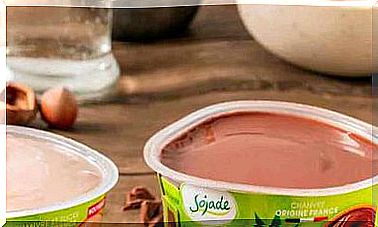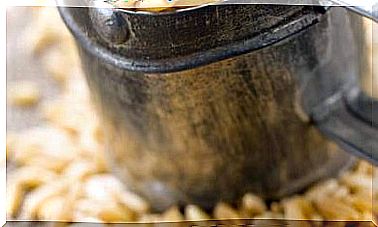7 Sustainable Alternatives To Avocado
Avocado is very healthy, but it has its season and its production is expensive due to the high consumption of water. That is why it is convenient to look for alternatives, equally healthy foods and with similar qualities.

Producing a kilo of avocados requires between 600 and 1,000 liters of water. These figures make it a luxury from the point of view of sustainability, especially if it is produced in regions where there is no excess water. But the avocado is so appreciated, there is so much demand, that the crops do not stop expanding.
In Mexico, the homeland of this incredible fruit, organized crime has focused on the “green gold” and extorts money from the owners of the crops, who, on the other hand, cut down valuable forests to grow their plantations.
In Spain, avocado is grown in Malaga, especially in the Axarquía, Granada and Canary Islands region because it needs a subtropical climate.
Also in Huelva, Cádiz, Almería, Murcia, Alicante and Valencia. Its season runs from January to June, which is when we find national avocados on the market. The rest of the year come from tropical countries, with which to the consumption of water must be added the environmental impact and CO2 emissions from transport. That is why it is a good idea to know the foods that can replace avocado.
7 foods with properties similar to avocado
Of course, there is nothing wrong with buying a locally grown avocado, especially if it is from certified organic production. But when this is not possible, we can choose foods that have nothing to envy, especially if they are combined. Most of these foods have the advantage of being grown regionally .
1. Walnuts
Walnuts contain healthy unsaturated fatty acids, including omega-3s, which are barely present in avocado. It also provides vitamin E and B vitamins, as well as zinc, magnesium, iron and other minerals.
Instead of the avocado, you can use walnuts for your salad or make a nut butter to spread on the bread. Sunflower and pumpkin seeds are also healthy alternatives.
In addition, the cultivation of walnut trees is sustainable. In Galicia, Asturias, León, Santander, La Rioja and Navarra, the trees do not even need irrigation, because the roots reach the accumulated water in the subsoil.
2. Chestnuts
In autumn you can use chestnuts frequently. They contain slow-absorbing carbohydrates , minerals and inulin with a prebiotic effect.
In addition to whole chestnuts, you can use their flour all year round to prepare crepes, sweet creams, cakes, donuts, fritters, cakes, muffins, cookies, shortcrust dough, sweet breads … with the advantage for celiacs that it does not contain gluten.
3. Olives
Olives contain the same healthy monounsaturated fatty acids as avocado, antioxidants, vitamins B2, B9 (folic acid), and E, as well as beta-carotene. Also, olives contain almost as much calcium as milk. They also provide copper and iron.
In addition to whole or pitted pickled olives, you can consume them in the form of an olivada. You can puree green or black olives, which you can enrich with basil, dried tomatoes, capers, garlic, etc.
4. Legumes
Red beans are not only very healthy, they can also be grown in the garden. So why not add cooked beans to your salad more often or use them to make a delicious hummus? Beans, whether red, black, white or painted, contain protein, fiber, B vitamins, minerals such as calcium or iron in abundance. The same applies to lentils and chickpeas.
5. Flax seeds
Flax seeds enjoy a good reputation, especially due to their content of valuable omega-3 fatty acids. But they also contain many vitamins (especially group B) and essential minerals.
Flax seeds are also produced in Spain, but some come from abroad, for example, Canada or China, which in turn has a negative impact on the CO2 balance. Look, if possible, for national and organically grown varieties.
6. Berries
Especially in summer you can use local berries. They are rich in vitamins, antioxidants, calcium, magnesium, iron, and other healthy compounds. A mixture of red berries in muesli or as a dessert is a good alternative.
Out of season they can be obtained frozen, but in this way their environmental impact is much greater. An easy and inexpensive way to keep berries on hand is to grow them yourself on your balcony or terrace.
7. Beet
Beets are available all year round in our country. It is an excellent source of folic acid, as well as vitamin C, potassium, magnesium, iron, and iodine. It also contains appreciable amounts of vitamins B1, B2, B3 and B6.
Probably what slows you down with a beet is that you are not used to preparing it. Virginia García offers you a lot of ideas on her blog.









